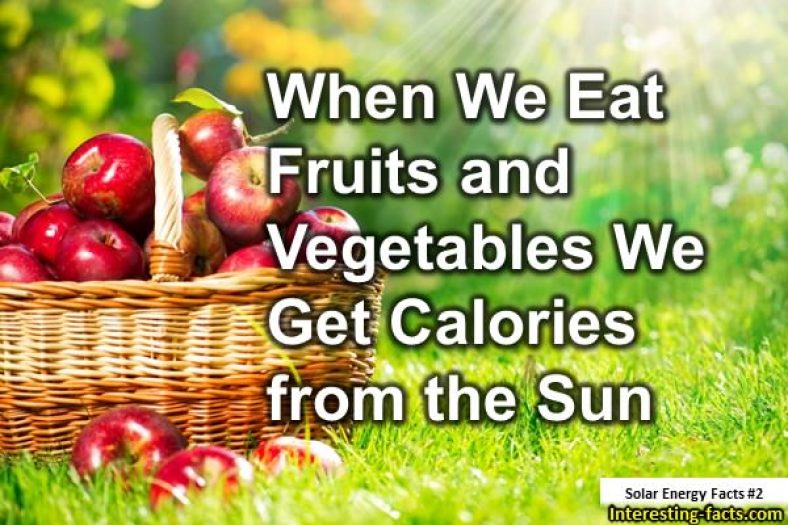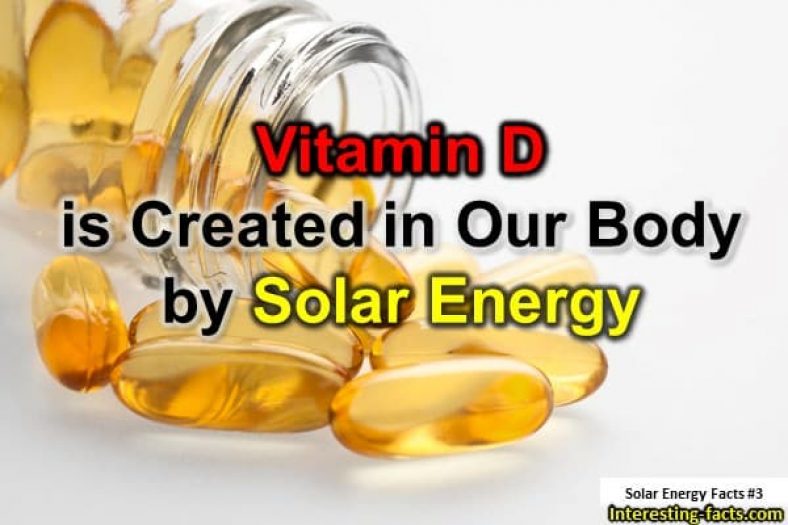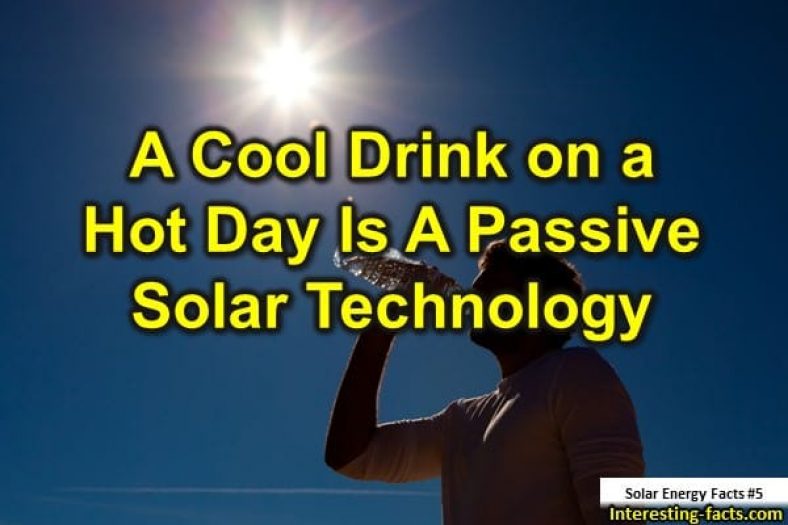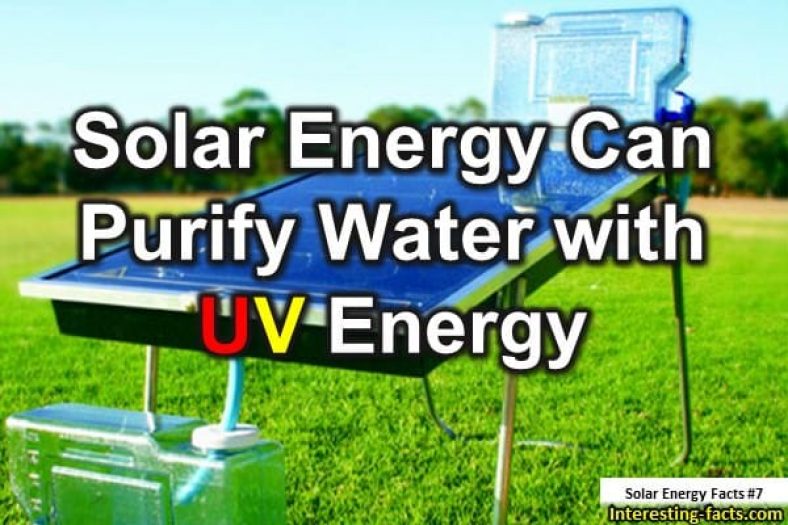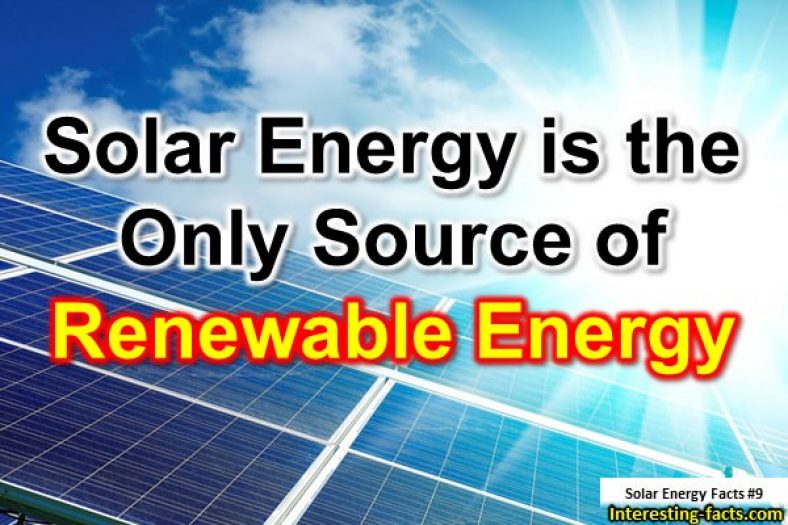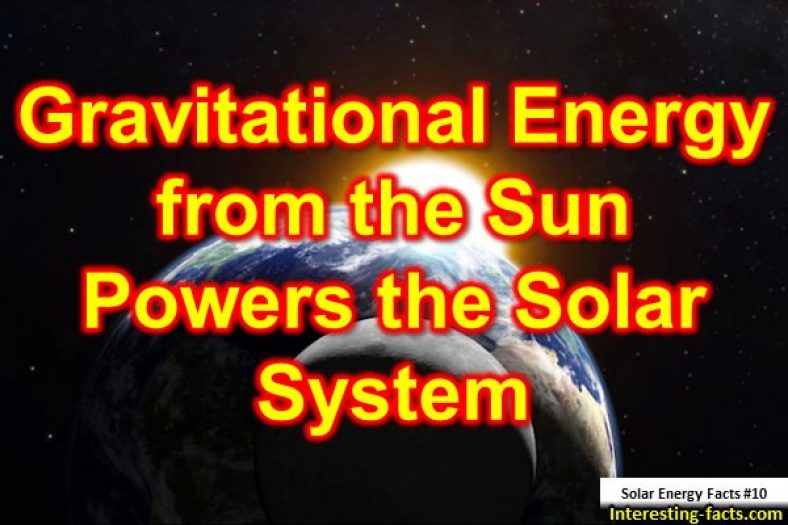Solar Energy Facts – 10 Interesting Facts about Solar Energy
170 Thousand Billion Watts from the Sun Hits Earth Every Moment
Many solar energy facts tell us about the immense amount of energy that the Sun gives out. The Sun’s energy powers the water cycles on Earth by heating up the land and water. Over 170 petawatts, or over 170 thousand billion watts, of energy from the Sun is hitting the Earth’s atmosphere at any given moment.
To give you some idea of scale, the average smartphone uses about two thousand watts of energy over the course of a year. The Sun is sending over a billion times that amount of energy to the atmosphere at any single moment!
Not all of the solar energy that reaches the atmosphere makes it to the surface of the Earth. The atmosphere absorbs and reflects some of the energy back into space, and clouds also reflect and absorb energy.
One of the interesting solar energy facts is that only 50% of the Sun’s energy actually reaches the Earth’s surface. This is a good thing. Life on Earth would be very different without the atmosphere and clouds reflecting some solar energy back into space!
back to menu ↑When We Eat Fruits and Vegetables We Get Calories from the Sun
Plants can teach us some amazing solar energy facts. Plants are one of the ways in which we use solar energy without even knowing it. Plants use the Sun’s energy to power a chemical reaction called photosynthesis.
The chemical reaction from photosynthesis converts air, water and other nutrients so that the plant can grow and flower. When we eat fruits and vegetables, we are consuming calories that were generated by the Sun’s energy. A calorie is a measurement of energy, so when we eat our veggies, we are actually getting energy from the Sun! This is one of the surprising solar energy facts and tells us that we are using solar energy even when we don’t realize it.
For people who eat meat, this meat is from animals that are typically eating feed made from plants. The energy we get from eating meat comes from the energy these animals have absorbed from plants. This is another one of the surprising solar energy facts – even when we are eating meat, we are getting energy from the Sun!
back to menu ↑Vitamin D is Created in Our Body by Solar Energy
While you might feel like Swamp Thing before you brush your hair in the morning, it’s actually one of the solar energy facts that our bodies use solar energy for chemical reactions, much as plants do.
Unlike plants, we don’t depend on solar energy for all of the energy our body needs. However, our body does need solar energy to perform certain chemical reactions. Our body uses solar energy to create Vitamin D.
There is a specific type of cholesterol in our skin that converts to a pre-vitamin form of Vitamin D when it’s hit by the ultraviolet energy from the Sun. This pre-vitamin then travels to the liver, where it’s converted into Vitamin D for the body to use. How’s that for solar power!
back to menu ↑The First Solar Power Station Was Built in 1912
One of the best ways to harness the power of the Sun is to use water. The Sun heats the water on the Earth and this causes evaporation, which is part of the water cycle that gives us rain and weather.
When water and other liquids are heated by solar energy, they undergo changes and can turn into a gas. For water, this gas is steam. As early as 1897, Frank Shuman had created a system that harnessed the Sun’s energy to power a small engine. His later systems improved, and used water to power a full-sized steam engine.
Shuman patented his system in 1912 and built the first solar energy power station in Egypt. This is one of the most important solar energy facts. Shuman’s power station was capable of delivering 45-52 kilowatts and was the first large-scale commercial use for solar energy. While the scale is considered small by today’s standards, it was a hugely important moment in the history of solar energy that would continue to inspire inventors for years after.
Solar thermal power is a type of technology that heats up some material, such as water, then uses the change in state of the material to power a machine. Shuman was a visionary who saw solar power as a way to provide energy after all the coal and oil on Earth had been used up.
back to menu ↑A Cool Drink on a Hot Day Is A Passive Solar Technology
There are two main types of technology used to capture the energy from the Sun, and this gives us our next set of solar energy facts. There are active solar technologies, such as solar panels. These devices gather solar energy and convert it into a useful output. Active solar technology provides energy for use.
Passive solar technologies aim to reduce the use of energy from other sources. Passive solar technology can involve something as simple as coating the roof of your house with a reflective coating to reduce the amount of energy needed to cool the house in the summer. Passive solar technologies work by reducing the amount of energy that is needed. A cool drink on a hot day may even be a type of passive solar technology – we’ll have to check with the scientists and get back to you on that one!
back to menu ↑Solar Panels Use Photons to Create Excitons and Electron Hole Pairs
When people think of solar energy facts, they often think of the image of a solar panel. Solar panels contain solar cells, which are also known as photovoltaic cells. Solar cells take advantage of a property of some materials known as the photovoltaic effect.
The photovoltaic effect is the tendency of certain materials to be excited by the photons in solar energy. Different materials exhibit different properties when excited by solar energy.
The materials that are used to make solar cells create electron hole pairs or excitons when excited. The presence of the electron holes or excitons in the material causes a stream of electrons to be created. This stream of electrons is the electricity generated by the solar cell.
It’s one of the interesting solar energy facts that the first solar cells were not all that efficient at converting the Sun’s energy to electricity. The measure of efficiency of a solar cell is the percentage of the Sun’s energy hitting the cell that the cell converts into electricity.
A solar cell is more or less efficient depending on the type of photovoltaic material in the cell and how it is arranged. Early solar cells were only 1-2% efficient. The most advanced solar cells in laboratories are now up to 40% efficient.
back to menu ↑Solar Energy Can Purify Water with UV Energy
Another one of the more surprising solar energy facts is that solar energy can be used to purify water. This property of solar energy may have been known by the Ancient Greeks, and was practiced by Persian alchemists in the 1500s.
When salt water is purified with solar energy, the process is called solar desalination. There is another process that uses solar energy to purify water called solar distillation. Solar distillation purifies water from many types of contamination.
The most basic form of solar desalination can be carried out by building a solar still. A solar still takes advantage of the same water cycle that the Sun creates on Earth. By creating an enclosed area, over a pit dug into moist soil, or with a box over salt water, you can create a miniature version of the Earth.
As the sun heats the water or soil, water vapor is released and collected on either a plastic sheet or glass top for a box. The water that condenses on the sheet or glass is collected, and is safe to drink. This process using solar energy can remove many impurities from water; however, some toxins can remain.
Solar energy also kills germs! The ultraviolet, or UV, wavelength of light, which is part of the Sun’s energy, is disruptive to bacteria and other parasites. By using intense UV light and heating water, or by a combination of the two, water can be purified from disease-carrying parasites using only the power of solar energy!
back to menu ↑States Offer Tax Incentives to Install Solar Panels On Your Home
More and more people are learning to use solar energy facts to their advantage as they use solar energy to power their home. People are taking advantage of both active and passive solar technology when using solar energy to heat, cool and provide electricity for their home.
Some states in the United States now offer tax incentives for homeowners to install solar panels on their homes. These solar panels can power an entire home, or can contribute some power to help reduce demand on the power grid during hot summer days. This is one of the ways in which people are using active solar technology to take advantage of solar energy at home.
One of the great residential passive solar technologies is used for heating hot water. Simple solar water heaters can be made using copper pipe in a box mounted on a roof, or any other area that gets good sunlight. By installing a passive hot water heater, water can be heated to temperatures high enough for bathing in some parts of the world. In other areas, the solar power is used to partially heat water in order to reduce the amount of energy used by traditional hot water heaters.
back to menu ↑Solar Energy is the Only Source of Renewable Energy
From the solar energy facts we’ve gathered, we know that plants love solar energy. It’s another one of our solar energy facts that solar energy is good for the environment in more ways than one!
When people use solar energy to power their homes, they are not using power from the electric grid or are using less than they otherwise would. Most power from the electric grid is generated by coal. Burning coal contributes to climate change, which is one of the global warming facts.
Solar energy is one of the best sources of renewable energy. Some people say that solar energy is the only source of renewable energy. Much of the infrastructure in the developed world is built on fossil fuels. Making the shift to using solar energy as the primary source of energy would require a significant effort.
Governments are playing a role in moving solar energy forward. Some large corporations are also creating solar arrays to power their facilities. The economic advantages of solar are improving as fuel prices increase, and the cost of producing more efficient solar cells decreases.
back to menu ↑Gravitational Energy from the Sun Powers the Solar System
Perhaps the most mysterious of solar energy facts relates to the gravity that the Sun emits which keeps all the planets and other objects in orbit in the solar system.
Gravitational energy is one of the least understood forces in the Universe. It’s one of the most interesting solar energy facts that while the Sun is radiating light and other solar energy towards the Earth, it is also pulling the Earth towards it with its gravitational field.
When we think about it in this way, solar energy is responsible for more than the water cycle that sustains life on Earth. Solar energy created the conditions for life to exist by forming the planet Earth when the solar system was originally formed!
The common image that comes to mind when we think of solar energy facts is a solar panel, or an array of solar panels. We know from our solar energy facts that solar panels are collections of solar cells that are made from photovoltaic materials.
Albert Einstein received a Nobel Prize for his description of the photovoltaic effect. When solar energy hits the Earth, it excites more than the molecules in solar cells – it also brings our entire planet to life! Plants rely on solar energy, and we rely on plants for our food supply.
Solar energy facts promise the possibility of a bright future. By using solar energy instead of fossil fuels, we can help protect the environment. Passive solar technology can also help us reduce our energy use. With nearly 90 thousand billion watts of solar energy reaching the Earth’s surface, it’s much better for us all to work with solar energy than against it!
Interesting Facts about Solar Energy Summary
Solar energy facts are becoming increasingly important as we look for renewable sources of energy that don’t harm the environment. Solar energy in its simplest sense is the energy that comes from our star, the Sun. The nuclear fusion that occurs in the Sun produces an incredible amount of light and heat. This is solar energy.
When people think of solar energy facts, they often think of solar panels that are used to convert solar energy into electricity. There are, however, other technologies for harnessing solar energy. Exciting solar energy facts for kids are a great way to get them interested in learning about science. Learning how to create new technologies which allow us to harness the power of the Sun has captivated humankind for thousands of years, and remains at the forefront of science today.


